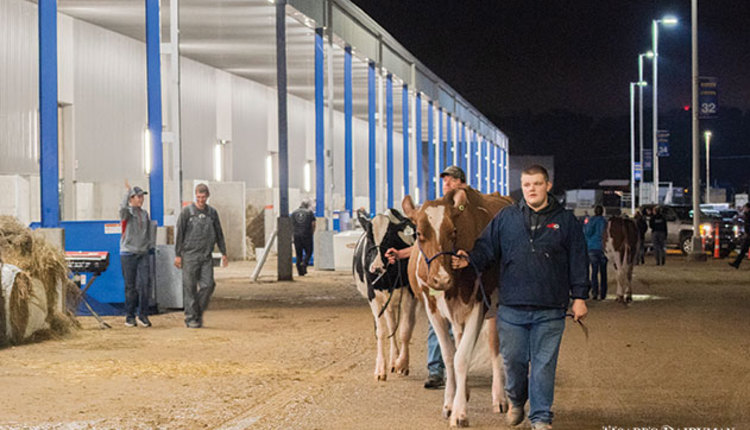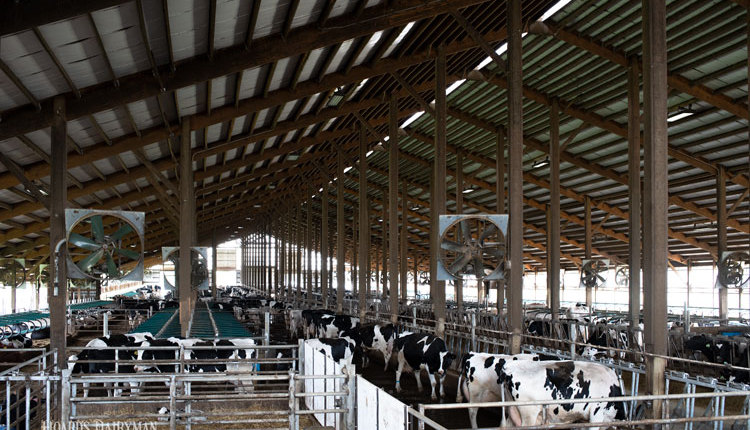
As the hot summer months continue on, it is important to revisit the topic of heat stress. This is not a new realization in the dairy industry, but more and more research continues to prove its relevance, according to Alycia Drwencke of Cornell Cooperative Extension.
When the temperature-humidity index (THI), which is the combination of outdoor air temperature and relative humidity, reaches 68 or higher, dairy cattle are likely to experience heat stress and its negative effects. These negative effects can impact cow productivity and health — especially reduced milk production, less lying time, and reduced dry matter intake (DMI). Unfortunately, it is known that heat stress can affect all ages and classes of animals, and there are recurring issues each year.
When heat stress starts
Heat stress specifically occurs when cows are unable to maintain their body temperature. “Normal body temperature is 100.4°F to 103°F,” according to Drwencke, who shared comments during a Cornell University webinar, “Managing and abating heat stress on your dairy in 2021.”
The external factors are, of course, the sun plus the air temperature and humidity, and that can be combatted through heat abatement. Cows have their own ways of dissipating heat, but when they cannot maintain their body temperature (gaining and releasing body heat in the same capacity), that is when problems arise. They will seek shade, stand more, sweat, breathe faster, and pant. They will drink more and eat less. Catching heat stress before these factors occur will aid cows in maintaining their body temperature.
Most often, environmental measures are the common way to recognize heat stress on farms. However, it is advised to use cow-centric measures to identify how effective heat abatement is on each farm. For example, respiration rate will rise before body temperature does, and this is consistent across all ages of dairy cattle.
Drinking water is another important factor that must be regulated on all farms, as all cattle drink water to self-regulate hydration. Drwencke recommends all water should be under shade and at a lower temperature to help with body heat dissipation. One study, in particular, mentioned that water at 50°F reduced body temperature and respiration rate compared to water that was 83°F.
“The cooler water can be beneficial for cows. Make sure it’s clean, too!” emphasized Drwencke. Cows choose to drink clean water as they are extremely sensitive to manure contamination; they can detect concentrations as low as 0.005% in their water.








